Mount Sutro’s Bombardier Butterflies
By Liam O’Brien
They blast by incredibly fast, zipping and zagging every which way. No, I’m not talking about the annual visit of the Blue Angels for Fleet Week. I’m talking about our skipper butterflies. I remember wondering if I’d ever learn them, back when this butterfly mania took hold of me. Years of frustration, mainly because they all look so damn similar and don’t sit still long enough for a novice to study them. But then one day the clouds parted and I’d cracked their code.
Once thought of as halfway between butterflies and moths, skippers are impish, entertaining, and maddening, all at once. (How’s that for anthropomorphism?) Now that summer has officially arrived on Mount Sutro, I’m dedicating this blog post to the three most common ones at the summit and in our fair city.
We have a total of six skipper species scampering about San Francisco County. (Bet you didn’t know that.) They are the Fiery (Hylephila phyleus), the Umber (Poanes melane) and the Common Checkered (Pyrgus communis). Less common are the seasonal Sandhill (Polites sabuleti), the Woodland (Ochlodes sylvanoides) and the Rural—a population that I discovered breeding out on Yerba Buena Island in 2009.
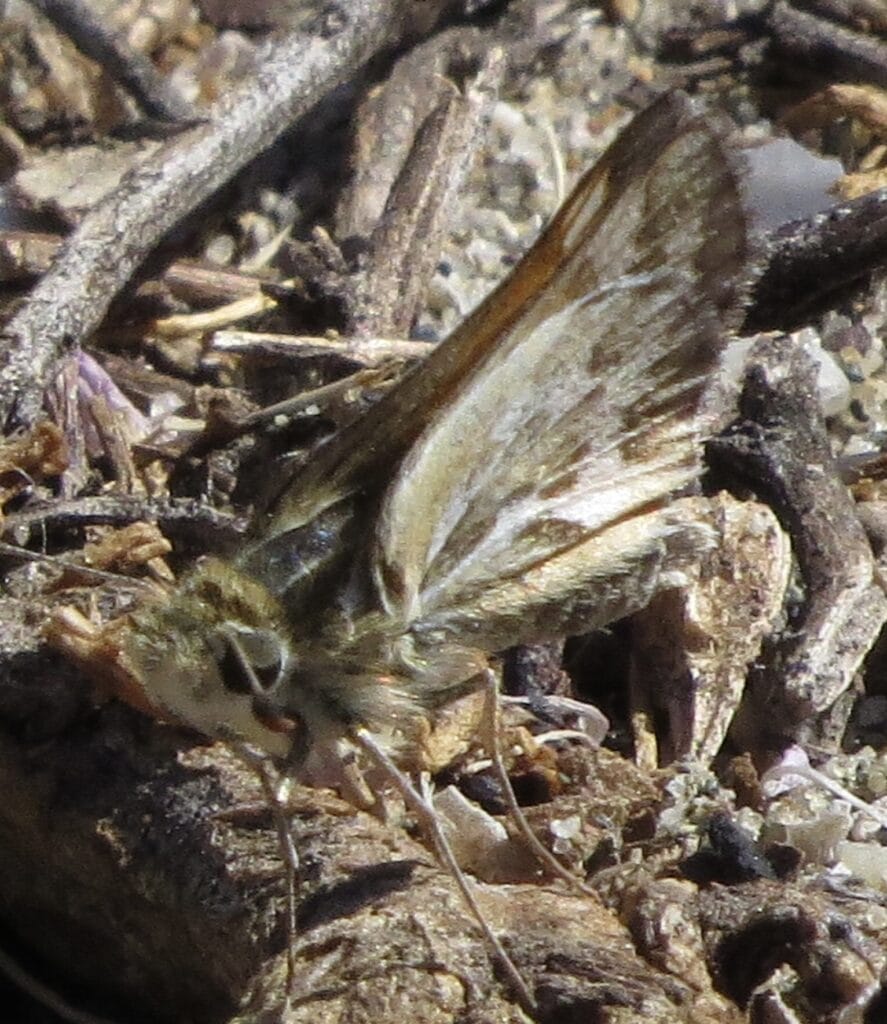 Sandhill Skipper butterfly by Liam O’Brien
Sandhill Skipper butterfly by Liam O’Brien
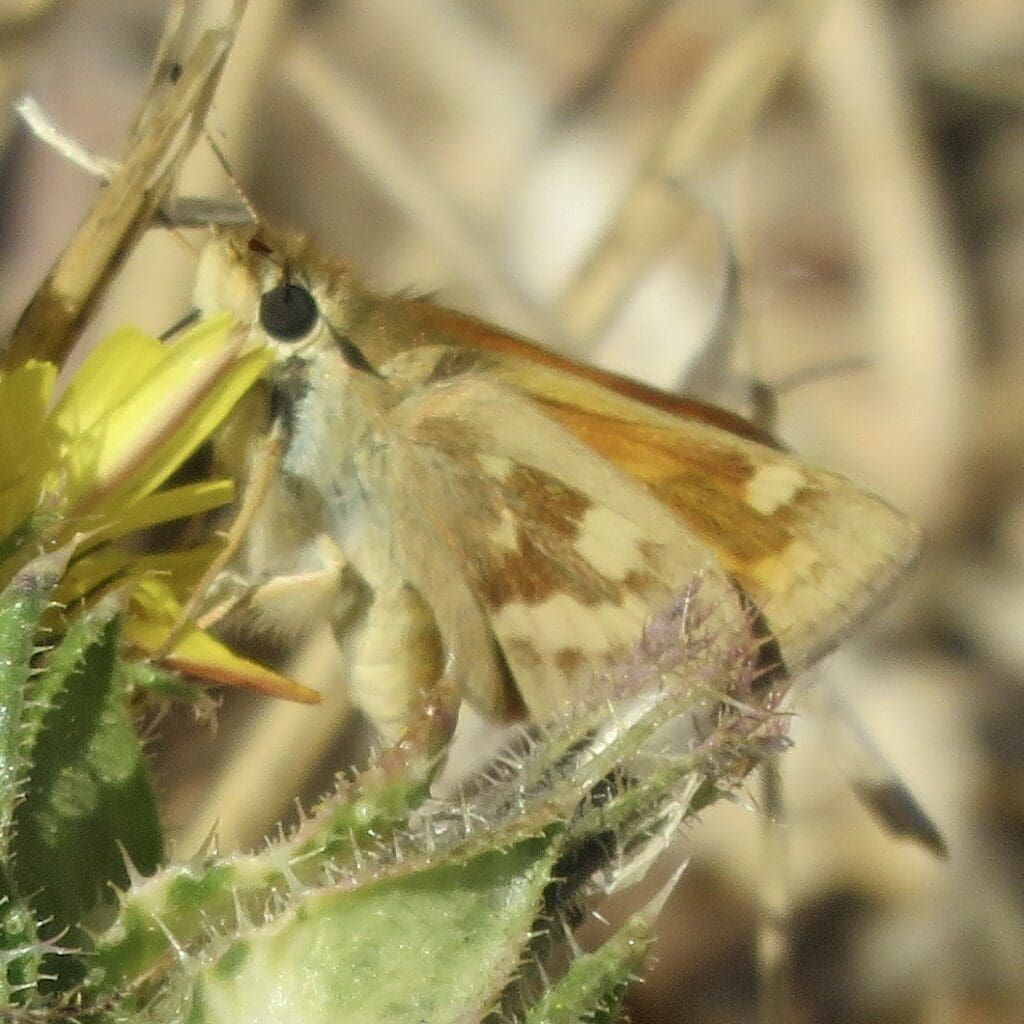 Woodland Skipper butterfly by Liam O’Brien
Woodland Skipper butterfly by Liam O’Brien
Skippers are a family of the order Lepidoptera (moths and butterflies) named the Hesperiidae. Being diurnal (day-flying), they are generally called butterflies. They were previously placed in a separate superfamily, Hesperiodea; however, most recent taxonomy places them in the superfamily Papilionoidea, the superfamily of butterflies, which taxonomically supports their description as butterflies. Did you get all of that?
The “skipper” name comes from their quick, darting flight habits. Most have antenna tips that are modified into narrow, hook-like projections. Moreover, skippers mostly lack the wing-coupling structure typical of moths. More than 3,500 species of skippers are recognized worldwide, with the greatest diversity in the neotropical regions of Central and South America.
Remember when you a kid and those little golden guys would blast about the family lawn? That was, and still is, the Fiery Skipper. I was somewhat surprised to see one up on Mount Sutro last season because one would not really consider it habitat. In San Francisco, it’s much more common on the Great Lawn. But there it was in August 2020, completing a trifecta of the ones we see the most in the city.…

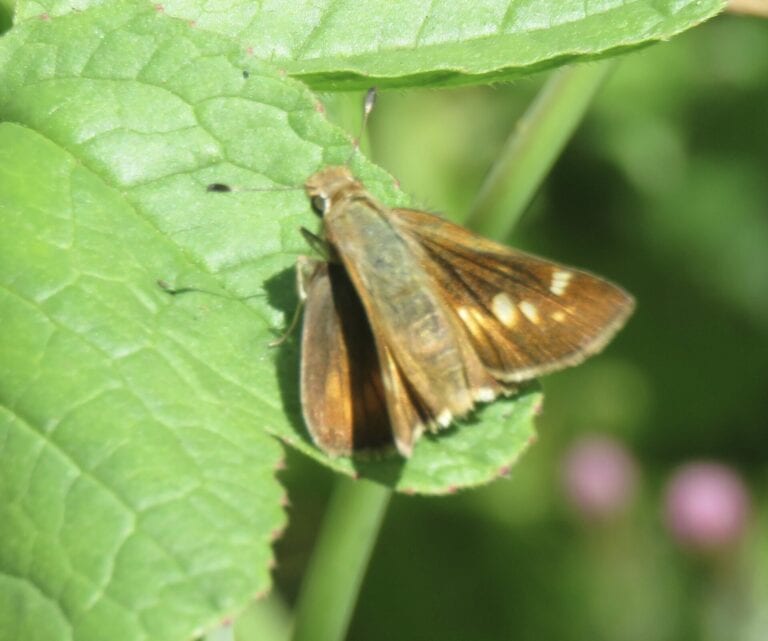
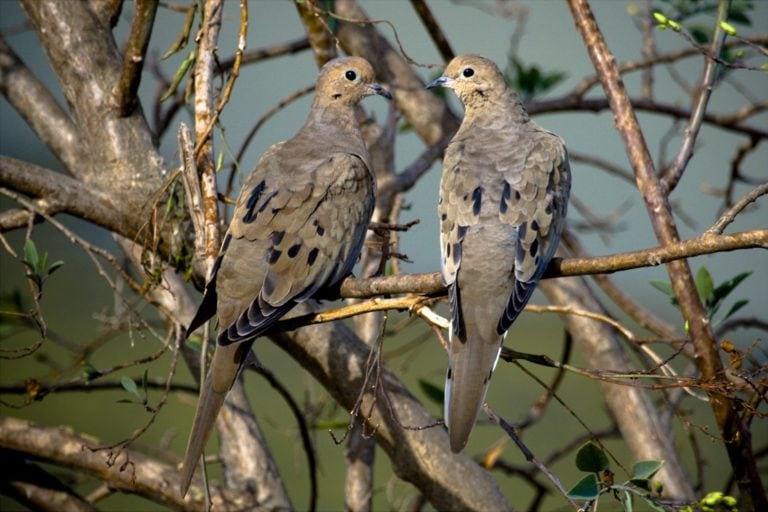
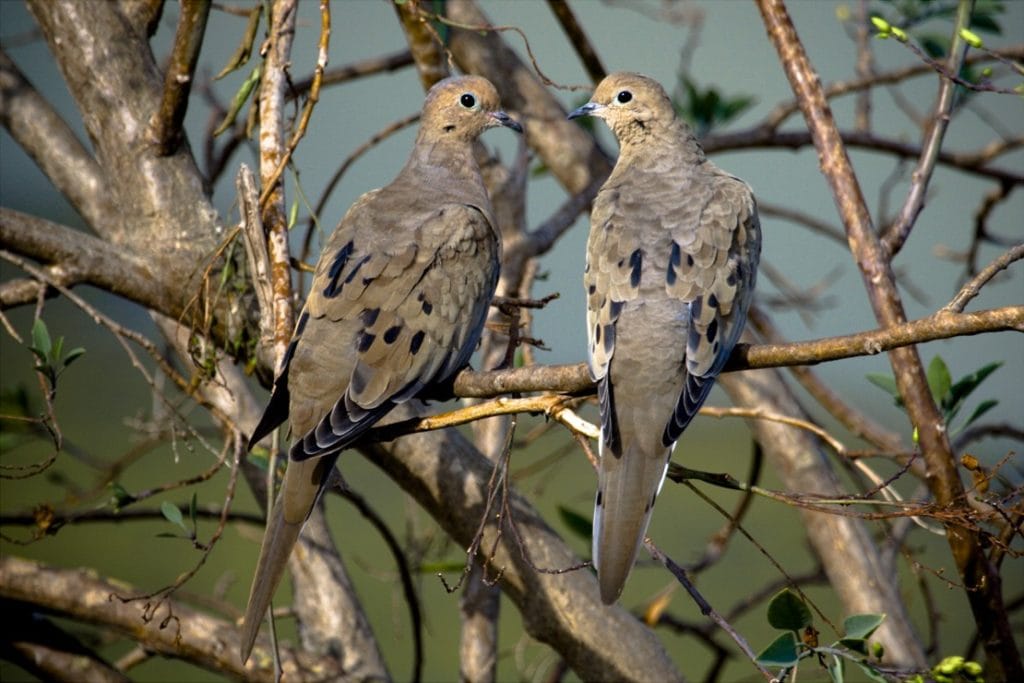 Mourning Doves by Sivaprasad R.L.
Mourning Doves by Sivaprasad R.L.
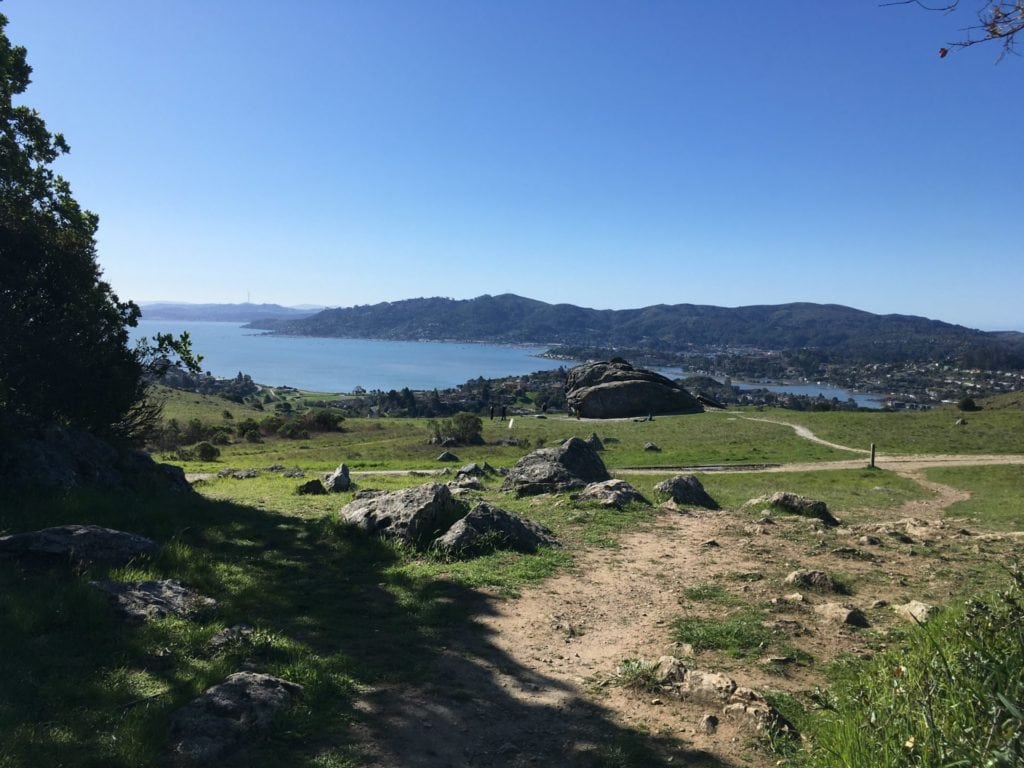 Ring Mountain, in one of Brandy’s Breeding Bird Atlas survey areas. She saw a Vesper Sparrow there in April and a Rufous-crowned Sparrow in May. / Photo by Brandy Deminna Ford
Ring Mountain, in one of Brandy’s Breeding Bird Atlas survey areas. She saw a Vesper Sparrow there in April and a Rufous-crowned Sparrow in May. / Photo by Brandy Deminna Ford
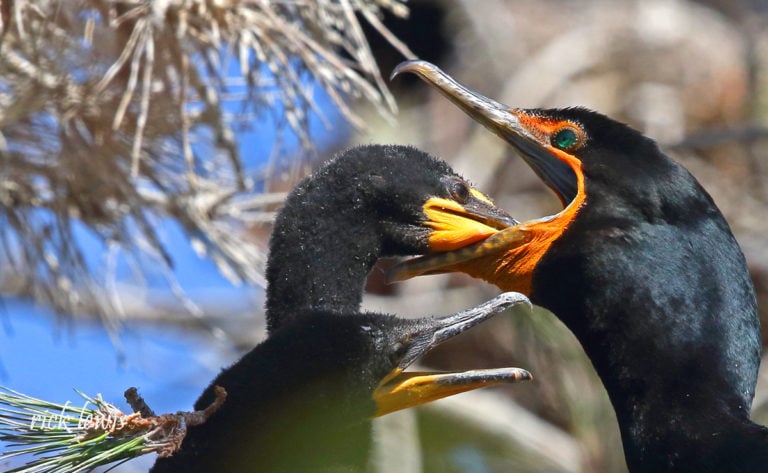
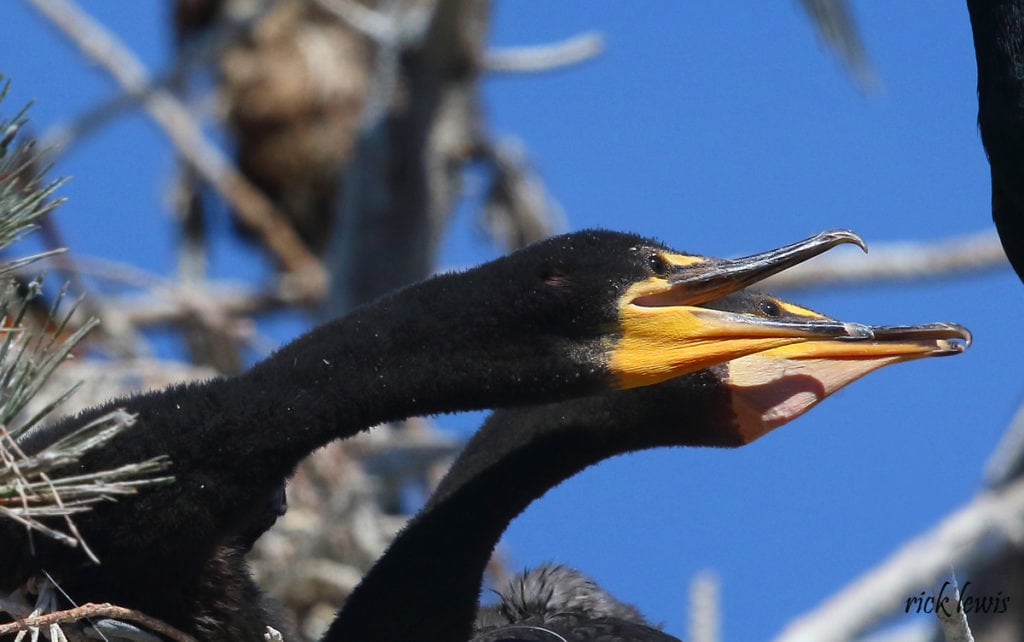
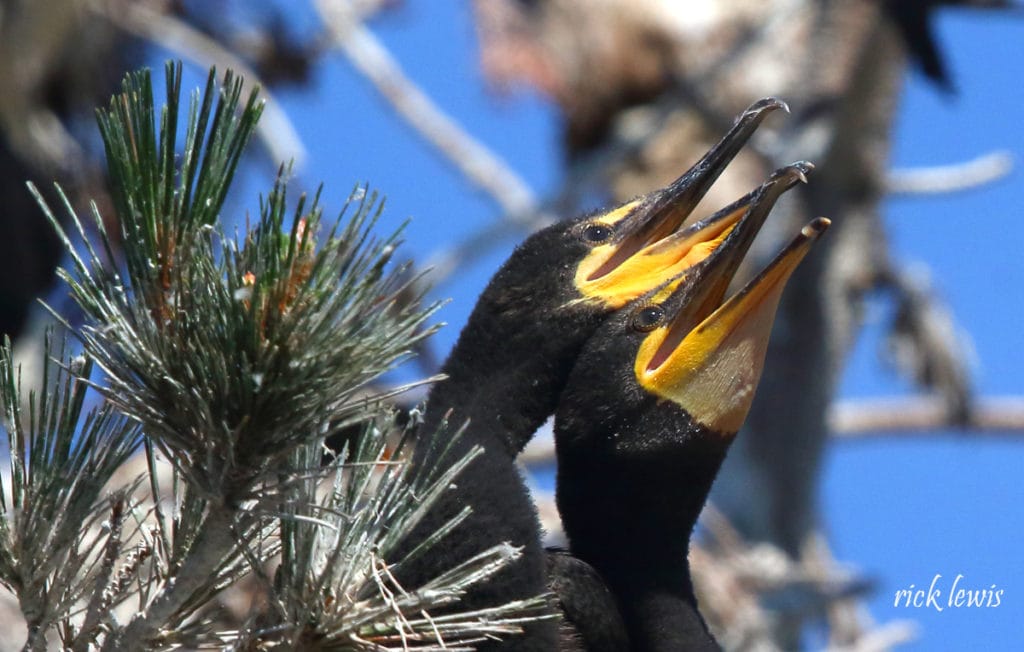
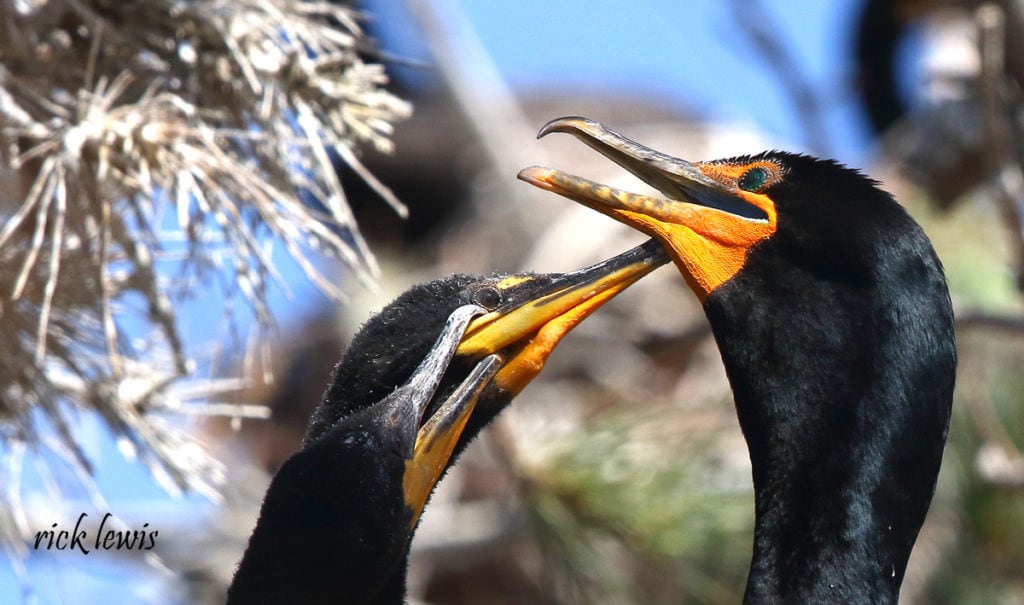
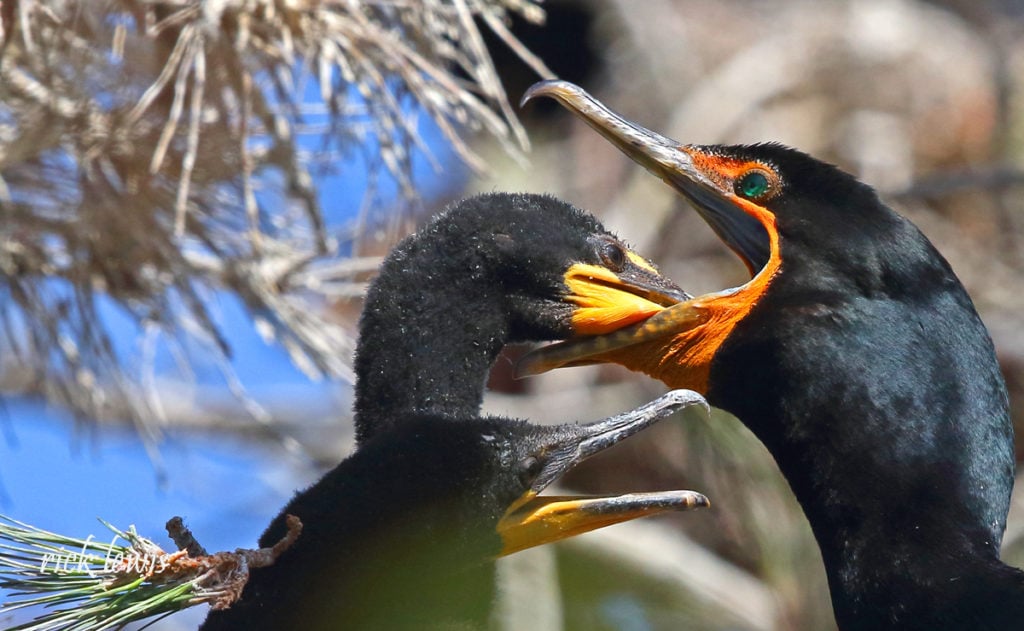
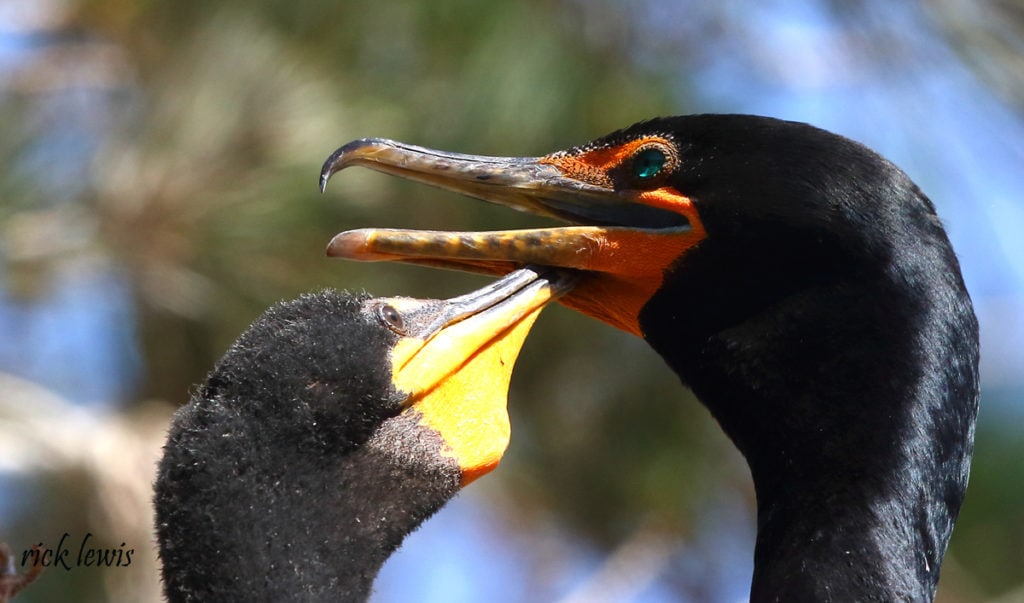
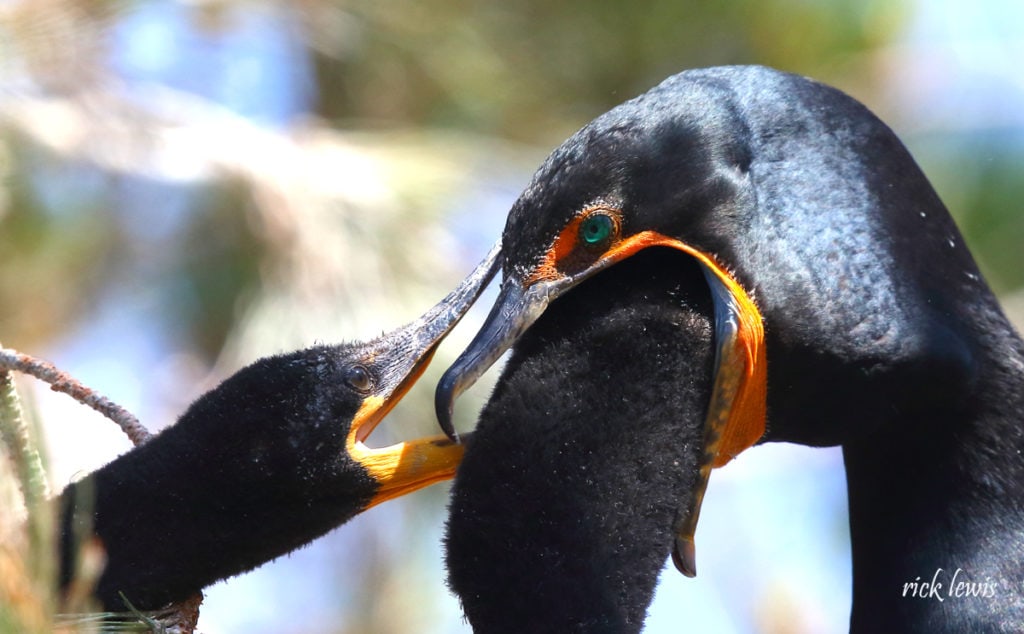
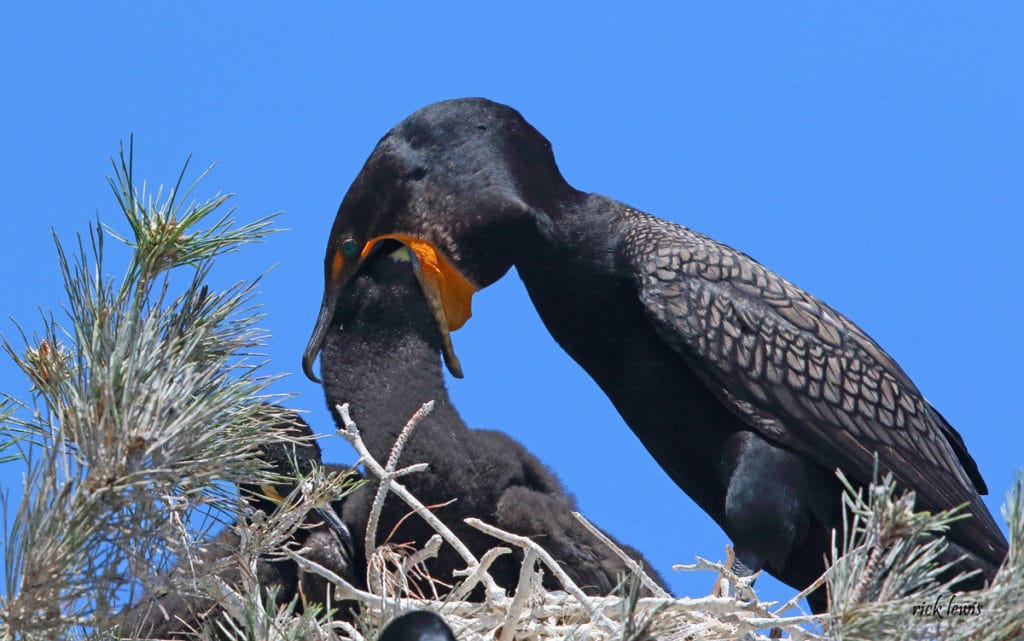
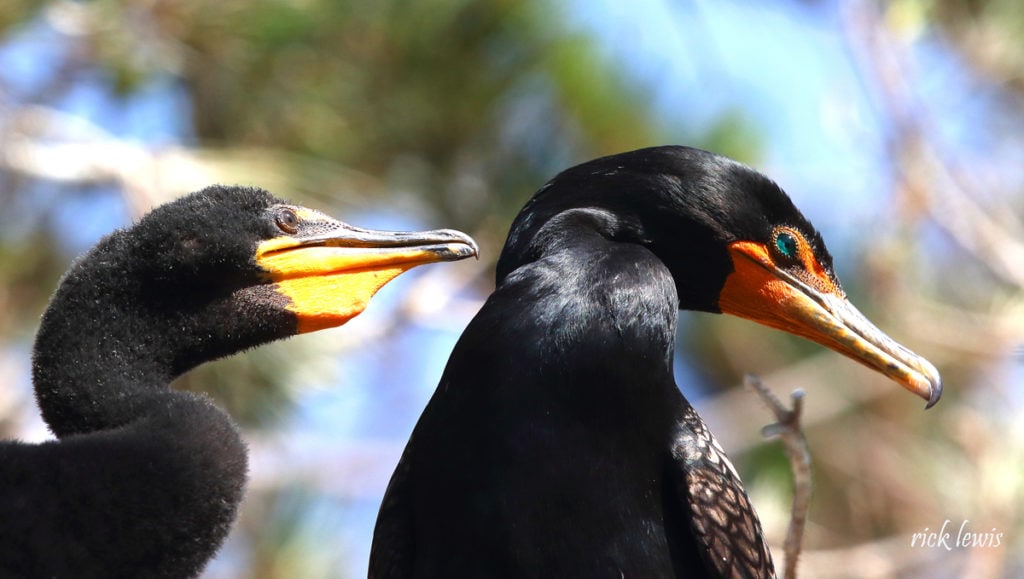
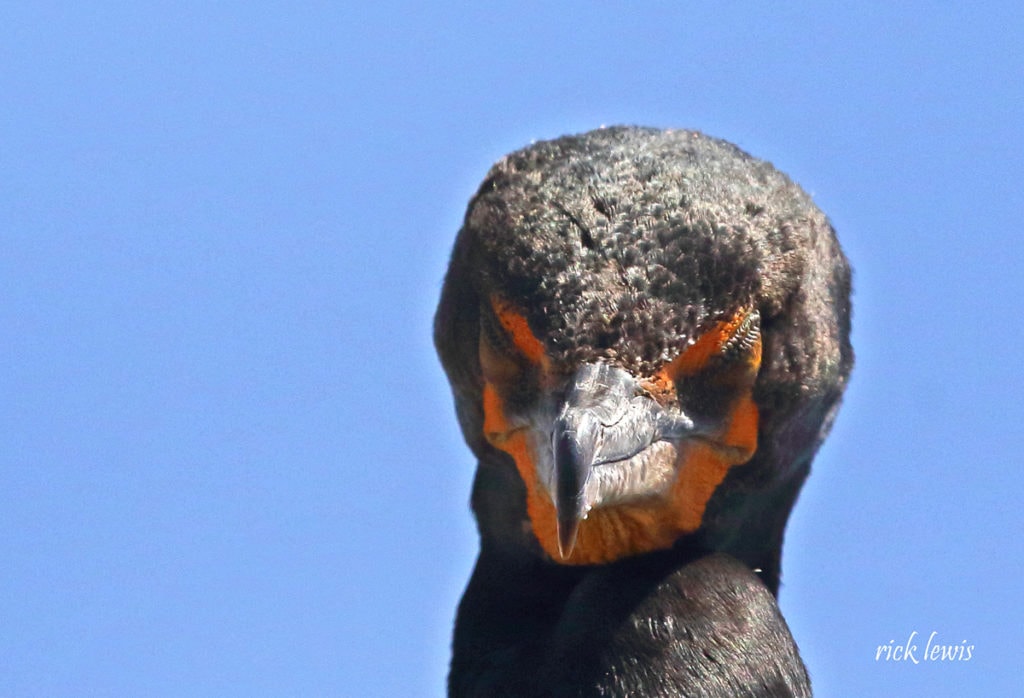
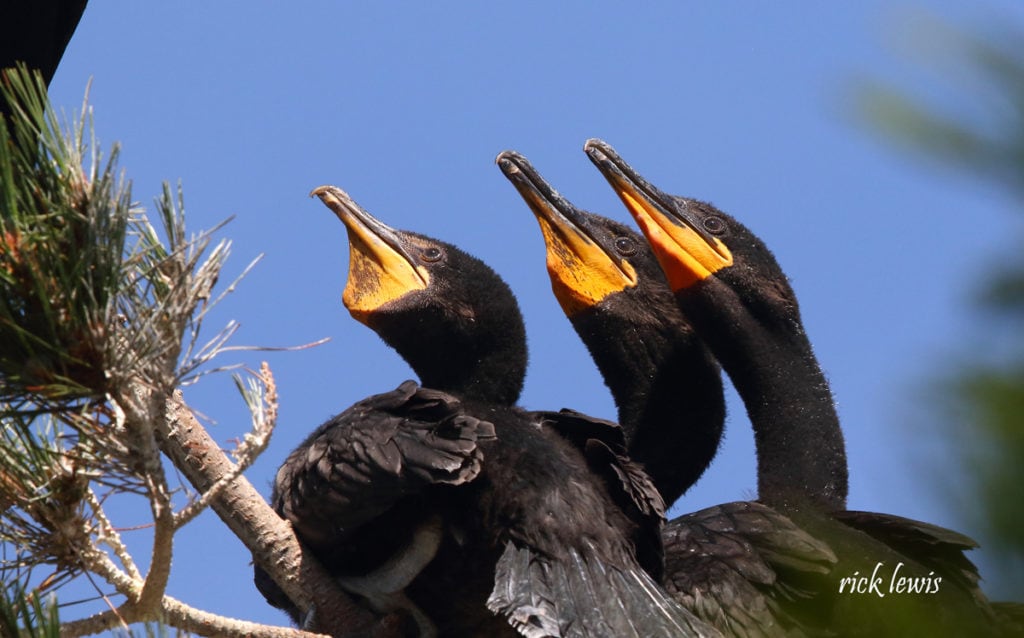
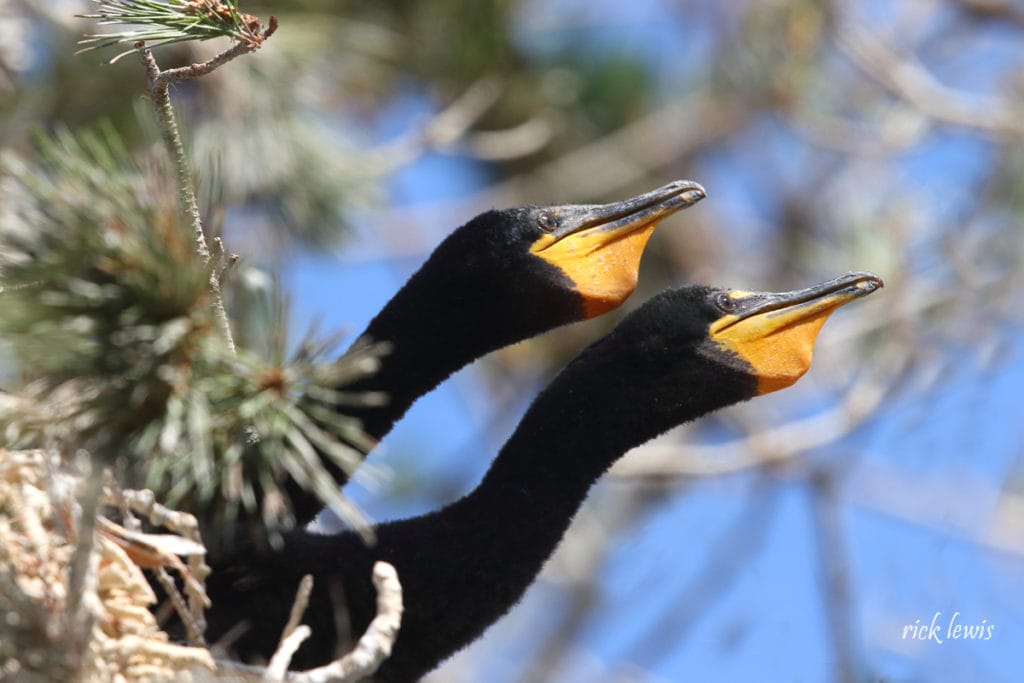
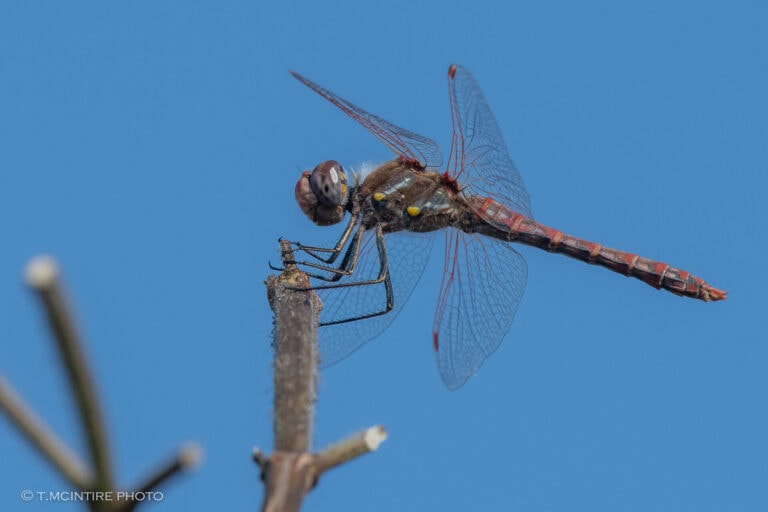
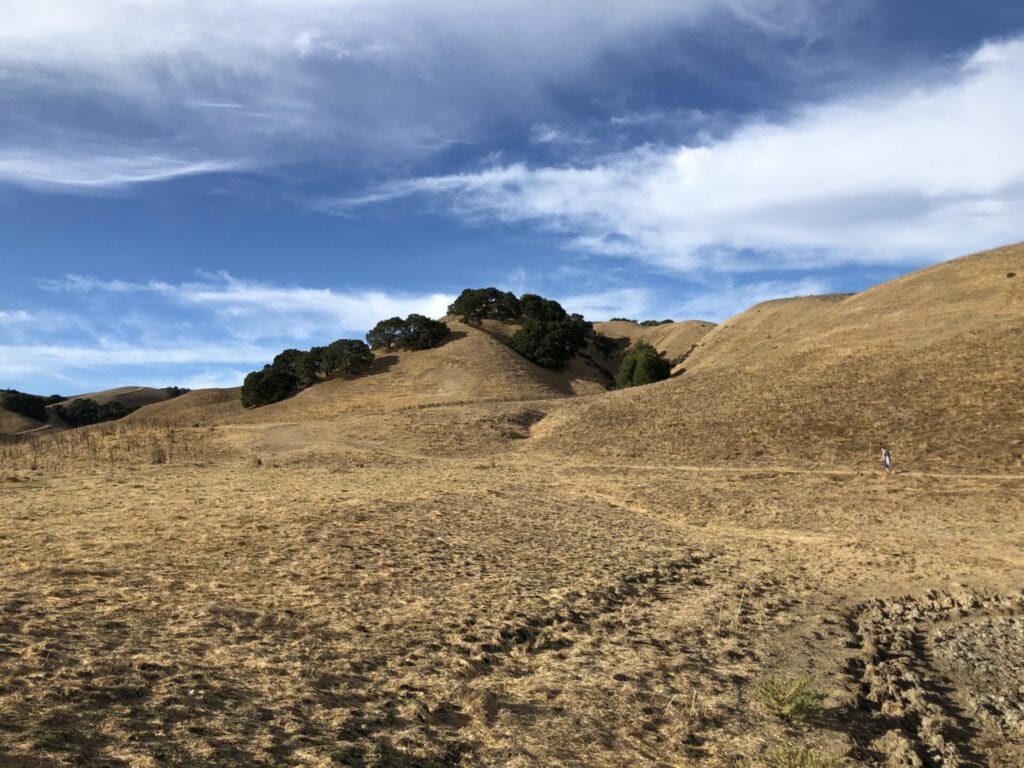 Briones Regional Park, a perfect example of a people-free nature immersion zone. Photo by Tara McIntire.
Briones Regional Park, a perfect example of a people-free nature immersion zone. Photo by Tara McIntire.
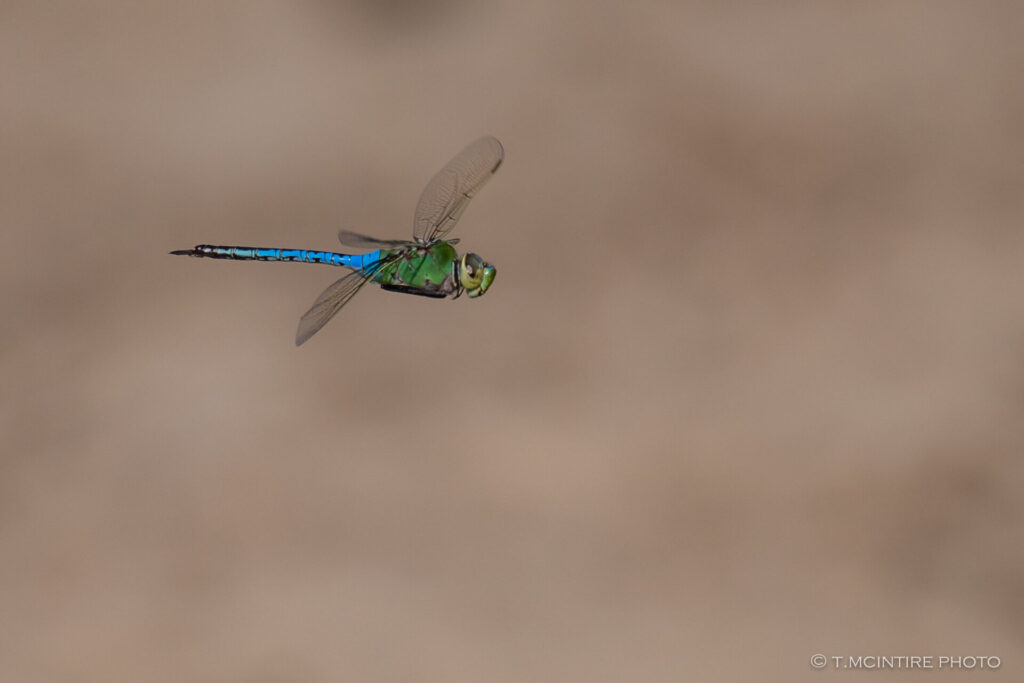 A green darner (Anax junius) zooming through the sky. Photo by Tara McIntire.
A green darner (Anax junius) zooming through the sky. Photo by Tara McIntire.
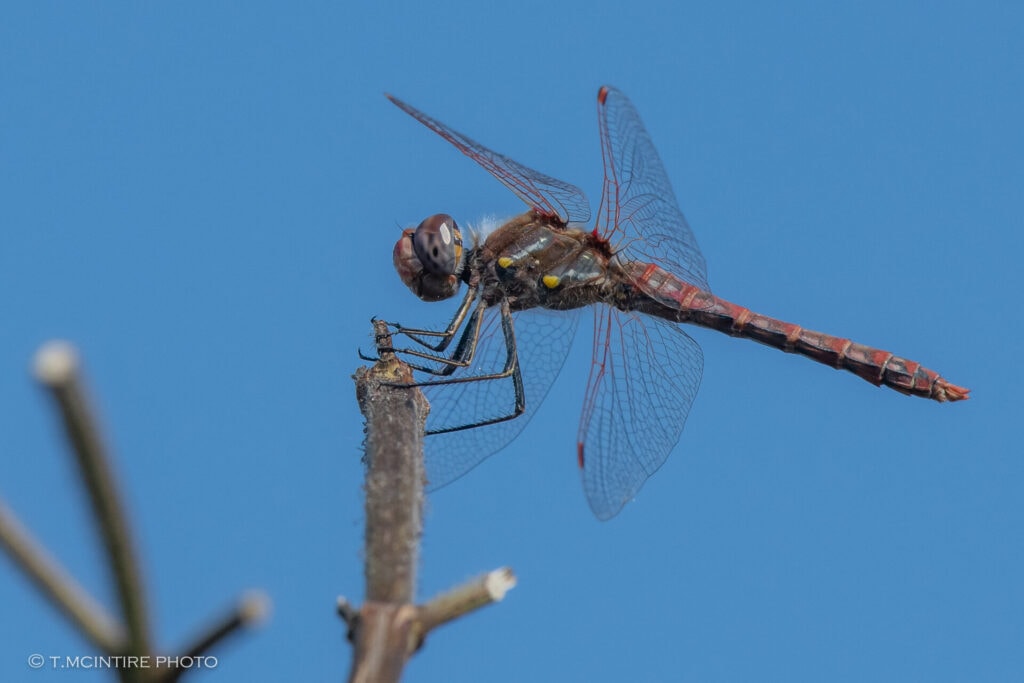 Variegated meadowhawk (Sympetrum corruptum) in the author’s yard.…
Variegated meadowhawk (Sympetrum corruptum) in the author’s yard.… 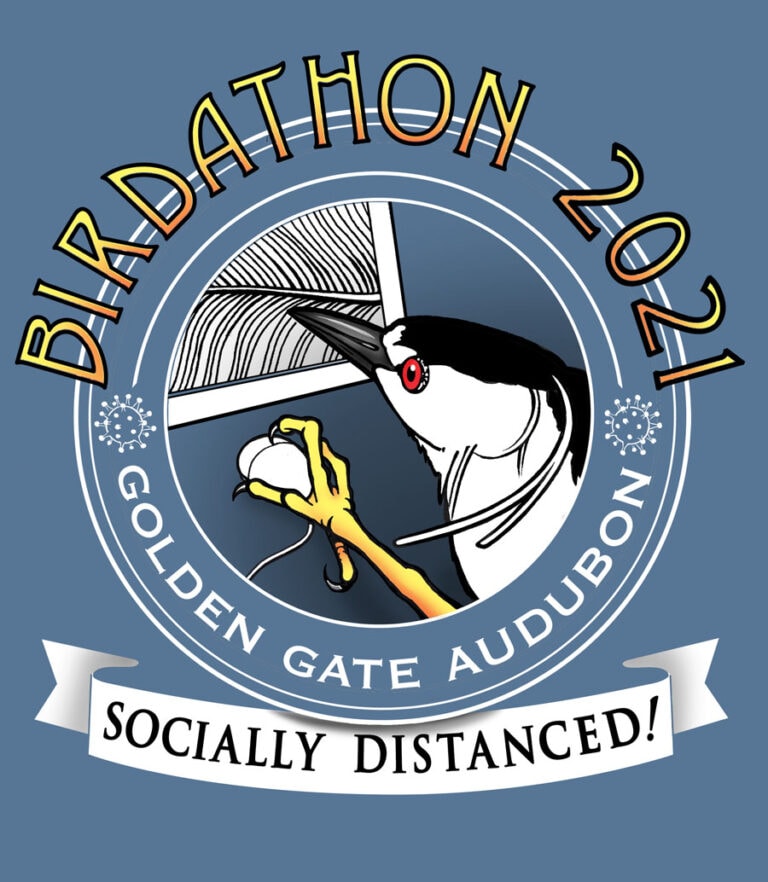
 White-tailed Kite during the Oakland Christmas-in-May Bird Count, by Mark Rauzon
White-tailed Kite during the Oakland Christmas-in-May Bird Count, by Mark Rauzon
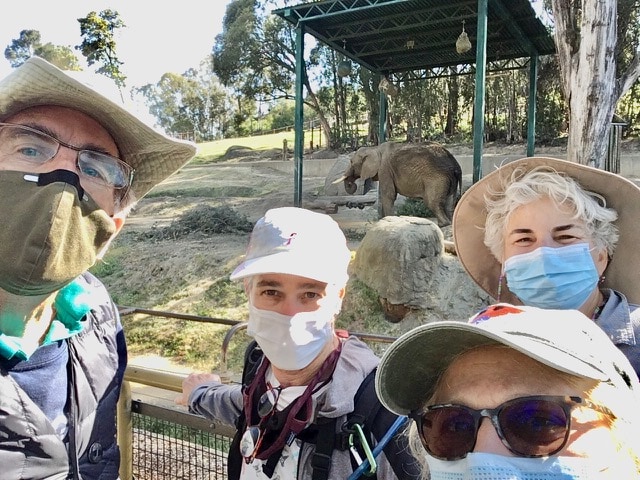 Christmas-in-May Count at the Oakland Zoo / Photo courtesy of Mark Rauzon
Christmas-in-May Count at the Oakland Zoo / Photo courtesy of Mark Rauzon
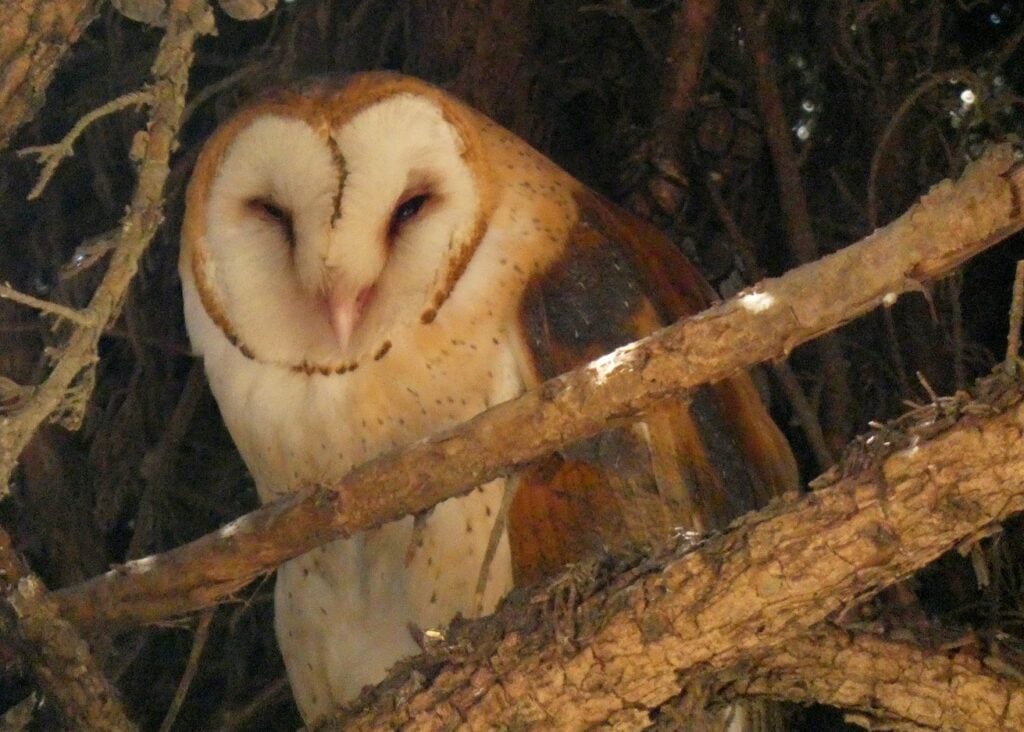 Barn Owl during Christmas-in-May Bird Count by David Assmann
Barn Owl during Christmas-in-May Bird Count by David Assmann